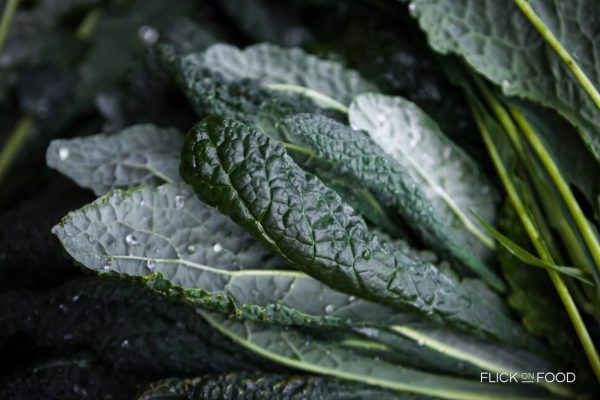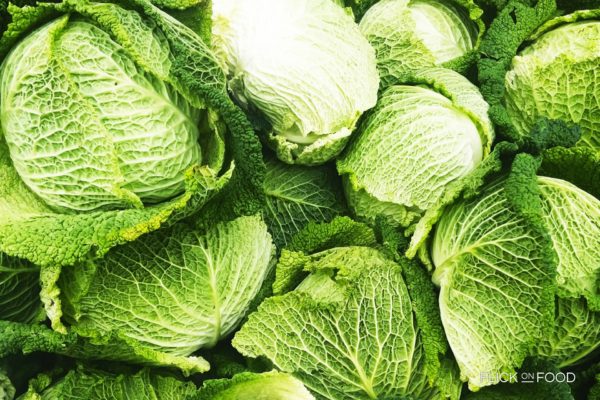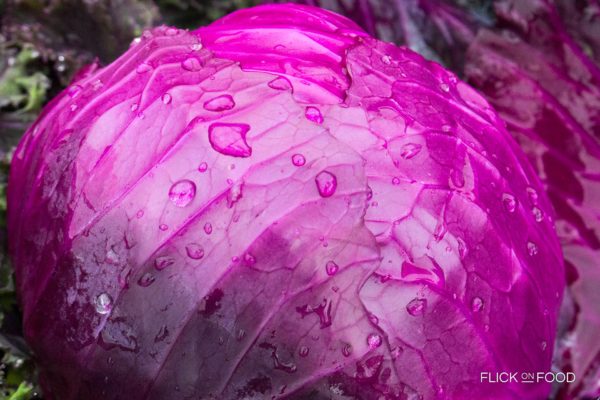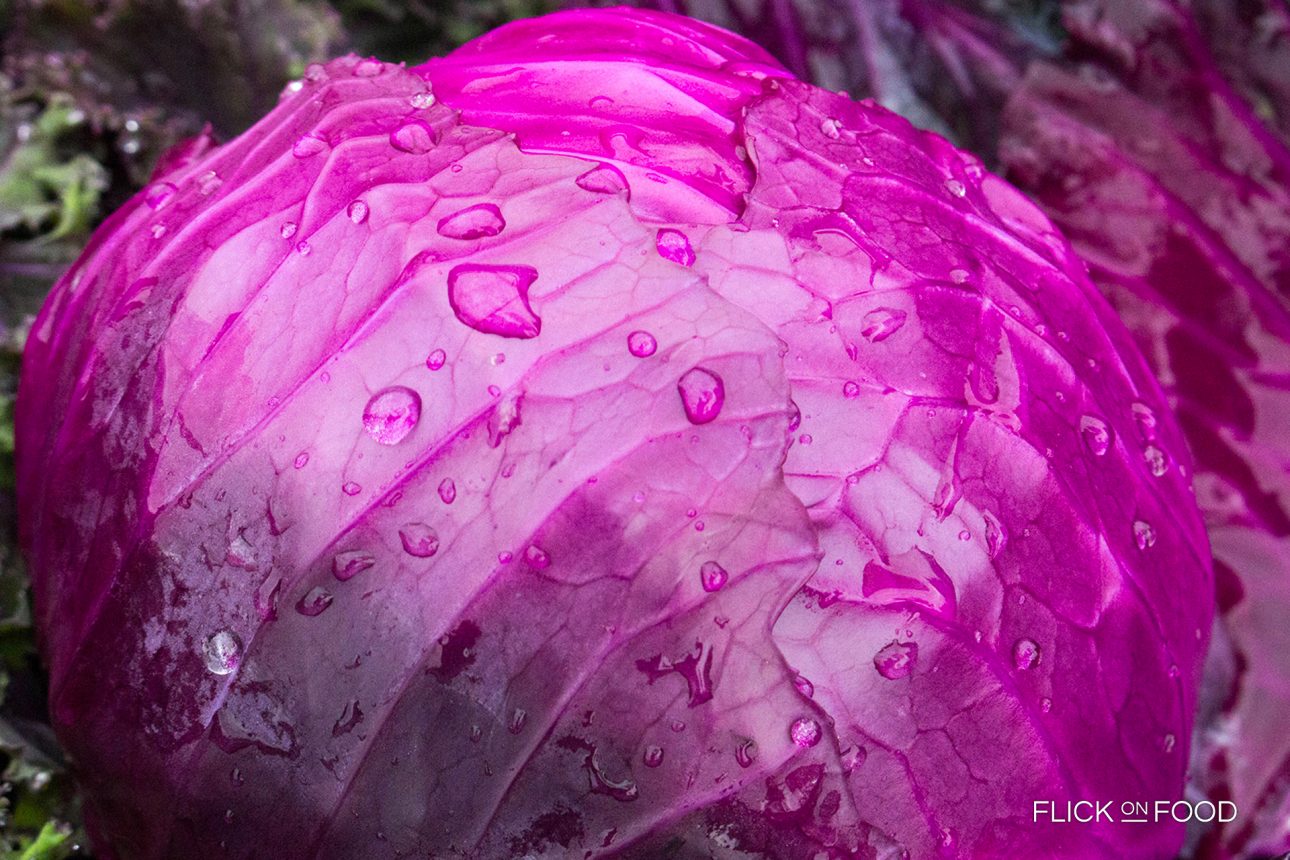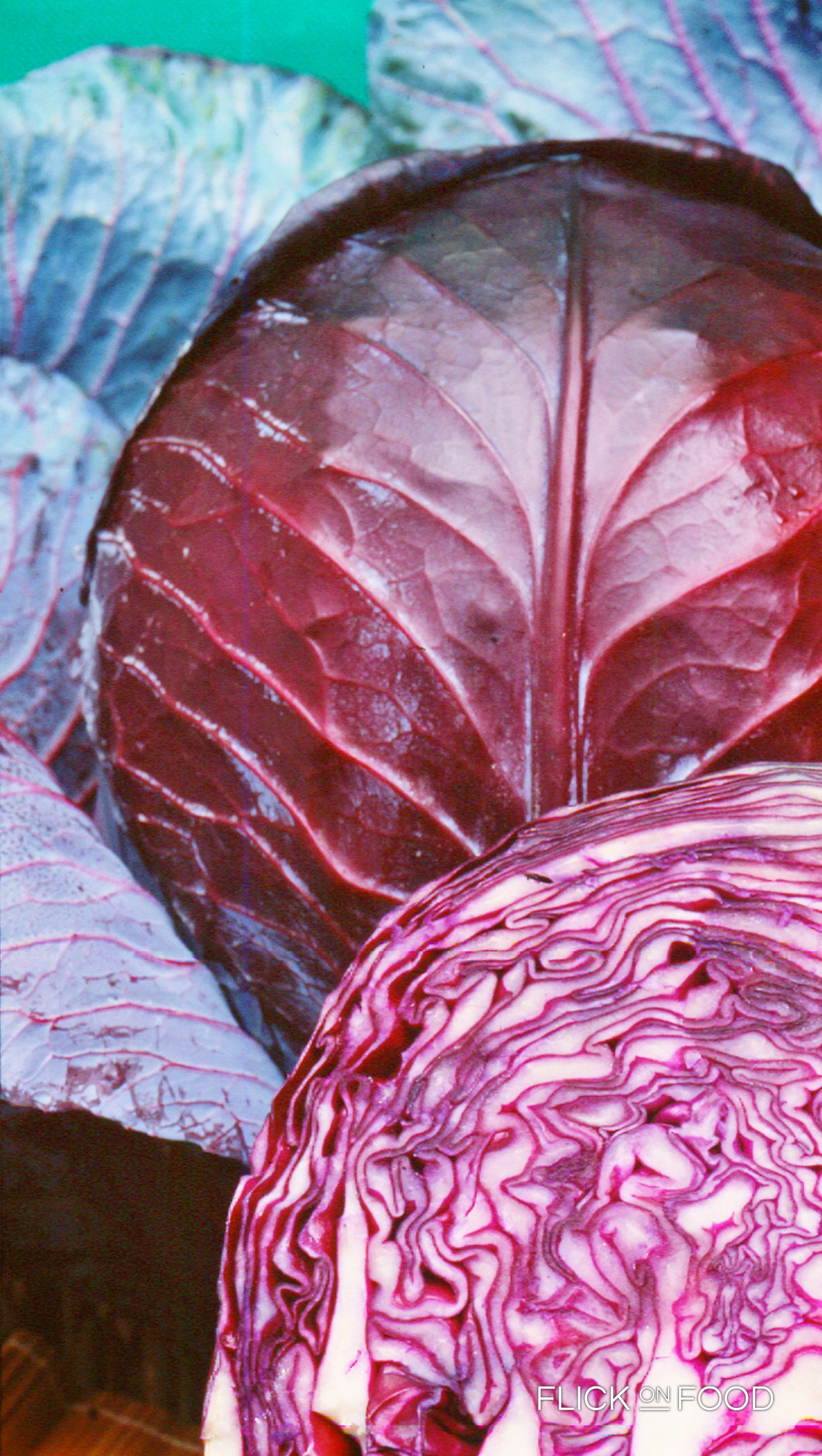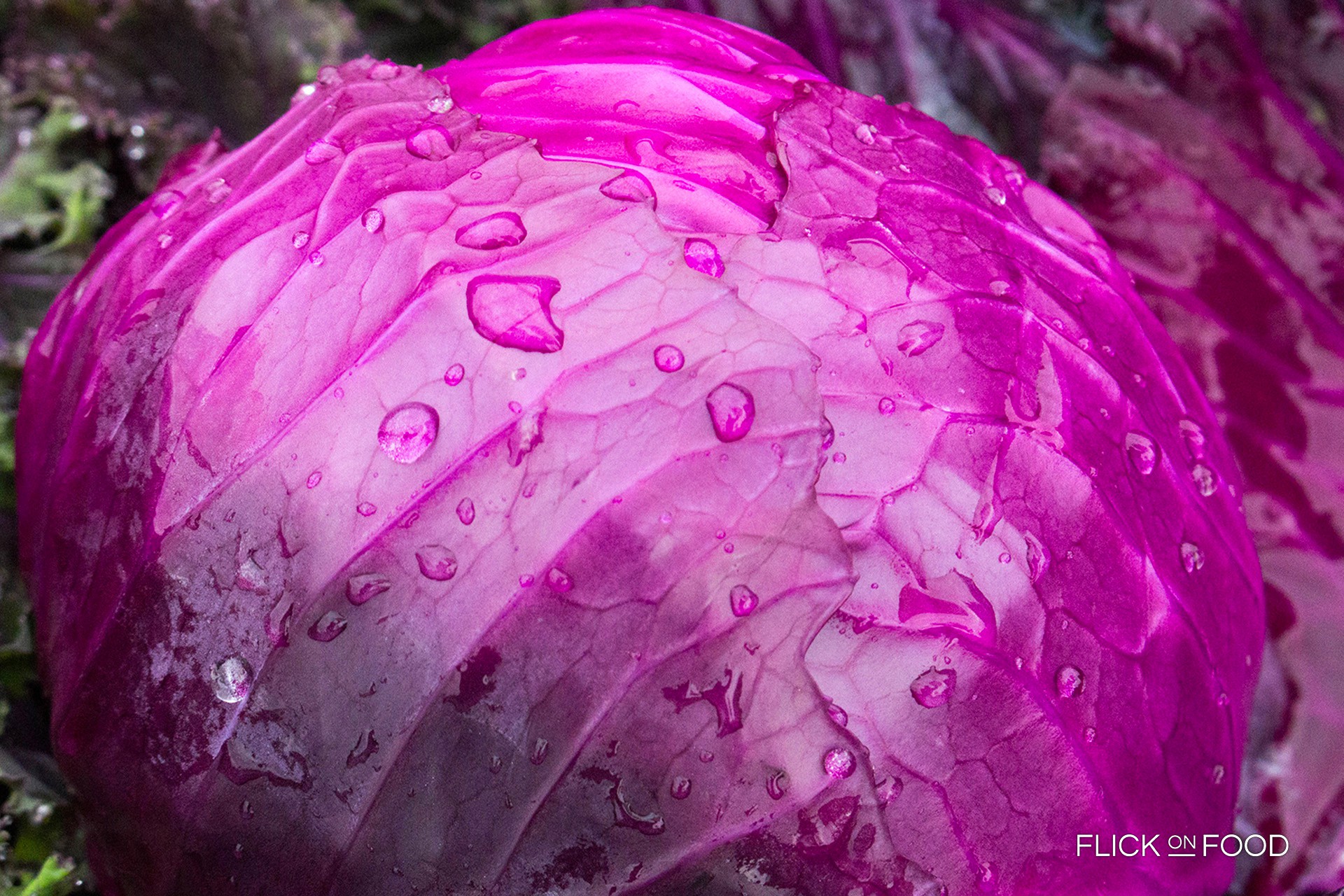
Try it paired with fruit, like apples, pomegranate or orange wedges!
Origin
Red cabbage (also known as purple cabbage) is part of the brassica family, planted in spring and picked in late autumn. Common in northern Europe, the Americas and China, it’s similar in shape to traditional green cabbage but it has a distinctive red color. This is down to the presence of flavonoids, the same naturally powerful antioxidants that are found in red wine. The ancient Romans already knew about the incredible properties of this vegetable, so much so that many respected figures touted it as a remedy for all kinds of ailments. Today, red cabbage is associated with a range of benefits: they’re rich in anthocyanins and powerful antioxidants, they have anti-aging properties
Cookit
Red cabbage’s bright hue can break up the monotony of winter and can be used in lots of exciting dishes. To take full advantage of its health benefits you should eat it raw, but it still maintains its excellent flavor when cooked. But be careful: it takes on a bluish color when you cook it, and can stain your hands or clothes, so be sure to add vinegar or lemon. It’s a very versatile ingredient, and can be used in winter salads.
Did you know
Red cabbage is common in many regions, but varies widely in color. This is due to the presence of anthocyanin. This compound is what causes the leaves to take on a red, pink or magenta color in more acidic soil, while in more alkaline soil they’ll be more blue, yellow or green.




